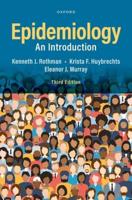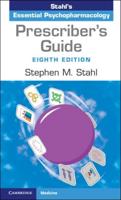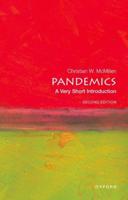Publisher's Synopsis
Family physicians need to make decisions about patient care using the best available evidence carefully, transparently and rationally. This can be achieved with Evidence-Based Medicine (EBM) practices. The practice of EBM requires the physician to integrate his or her clinical experience with the best available evidence from systematic research and with the patient's values and expectations. Combining the patient's circumstances and preferences with the best available evidence will maximize the quality of the physician's decisions. While evaluating a patient, the physician must quickly and appropriately create a clinical question, seek the answer to this question in the evidence, evaluate this evidence critically, and reflect this knowledge to patient practices in the clinic. The easiest and shortest way to do this is to use Clinical Practice Guidelines in practice. Clinical Practice Guidelines are statements containing recommendations based on systematic research-based evidence and assessments of the benefits and harms of alternative care options to optimize patient care. This book discusses the family medicine issues through different aspects.









